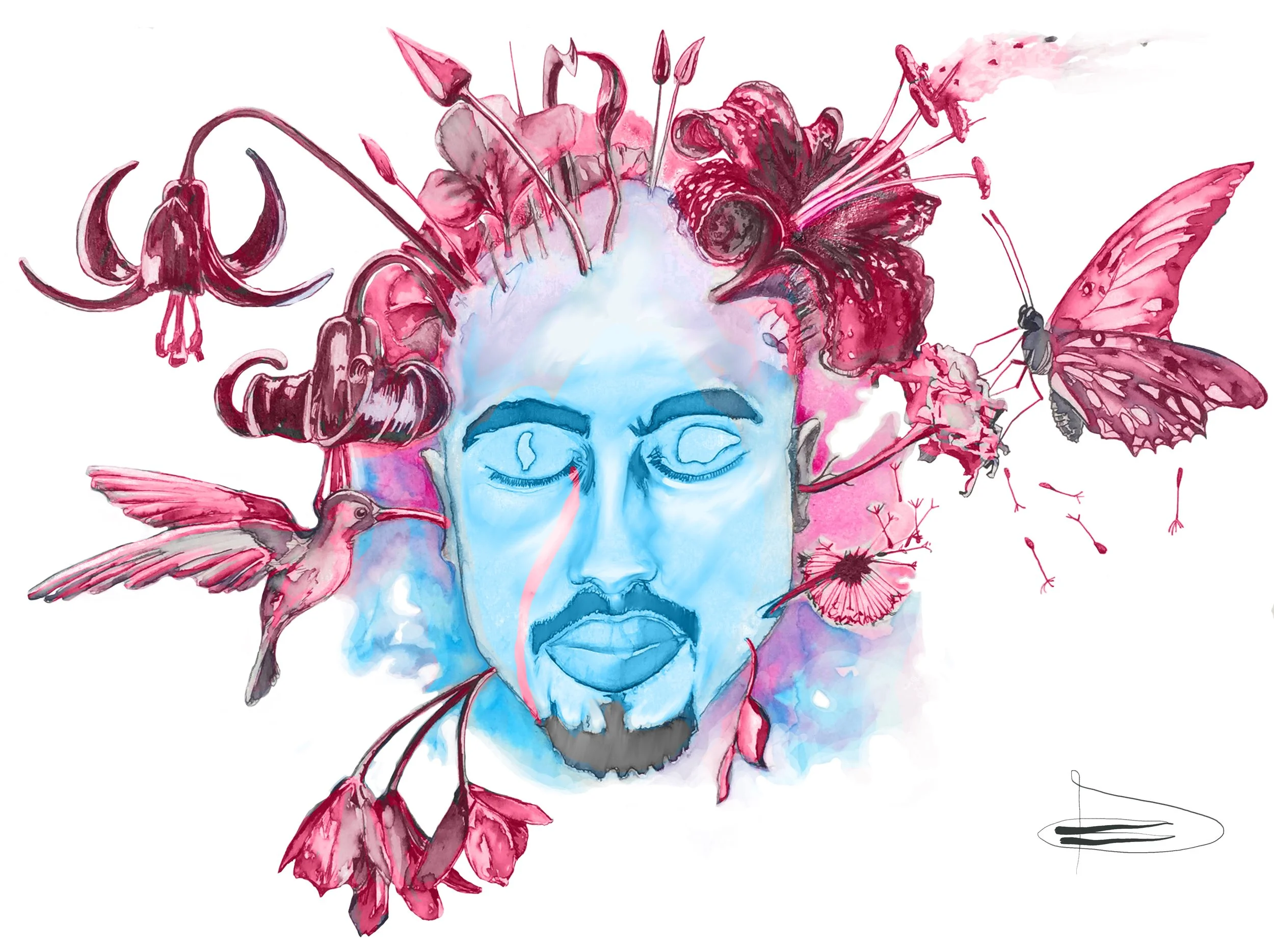How to Harness your Day-Dreaming and Overcome Dissociation
I Have a Dream… That Wants to Become Reality
I’d like you to meet the Dreamer. This head-in-the-clouds psychonaut is extremely high in trait openness and gifted in the arts of the mind. The dreamer has no problems accessing rich visualizations and active imaginations. Internally and in conversations, the dreamer likes to follow flights of fantasy and flourishes of whimsy. There can be magical thinking that the dreams, and the way of dreaming life into being, will pay off one day in grandiose terms.
As a protector, the dreamer’s main function is to dream-catch, or understand the human struggle in imagistic, mythological, astrological, and fantastical terms. It can develop artful schemas, artworks and writings that capture deep insights into the human experience. Carl Jung was likely a dreamer and he described this type eloquently as the intuitive introvert. Elaine Aron also captured many dreamers in her description of the highly sensitive person.
The dreamer’s issue is their strong bias toward internalization, or mentalization, over externalization, or acting in the world. It’s use of the mind is usually dissociative, or disconnected from the body and from action. It overuses the symbolizing capacity as a panacea for all of life’s problems, when often a simple action could be more effective than further reflection.
The dreamer can find it hard to sit with challenging sensations and emotions without going into the imagination or making meaning. Often, the dreamer is actively avoiding important practical and social aspects of life that are boring or painful, choosing rather to keep developing the imagination or creative practices. The dreamer keeps sharpening the axe in preparation for the day a tree will be felled and somehow that day never quite arrives. The dreamer can be off chasing windmills when a real war is to be fought. Because they spend so much time in the mind, they miss useful feedback that exists in other minds and the real world.
In the healing process:
The key issue is that the dreamer is dissociative. In somatic language, we say that there is a high degree of uncoupling, i.e. thoughts and feelings are spaced out from each other and not coupled to action. Often in the dreamers history, we find that the person was bed-bound by an illness or trapped in some other way, and imagination was developed as a coping mechanism. The dreamer could not develop into the world, so it developed inwardly.
Dissociation is linked to physiological freeze, which is an emergency response to conserve resources until things outside are better. The dreamer avoids feeling certain things and it avoids the pain associated with taking action or getting feedback. Often substance use plays a part in this avoidance.
What is essential in the healing process, is an increase in embodiment and affect tolerance. This allows for greater relational contact and taking painful actions. It enables what is so difficult for this type, manifesting a solid life and crystalizing real world structure.
As this takes place, the creative capacity is given a container that allows it to flourish. The dreamer’s capacity to dream actually increases with embodiment and less substance use. The dreams become more connected to reality and start to penetrate and shape the outside world.
How to work with the dreamer:
Notice when the dreamer takes over and learn to unblend from it to include more grounding into your physical sensing. We do not want to go much further than the “d” in dissociation. Thankfully, our creative gifts do not desert us as we heal and embody. Quite the opposite, when a dreamer grounds deeper into reality, watch out world!
Develop your straight forward non-imagistic ability to sit with somatic experiences and hard emotions, particularly fear, and physical discomfit. This will likely do more for you than Jungian analysis, tarot, mythology, astrologiy, or dreamwork, however attractive they may appear to you!
Track how substance use affects embodiment and experiment with tapering it and experiencing the waves of challenging feelings that arise. Seek support if needed. It is a myth that substance aids long-term creativity.
Expose ourself to the things we need to do to move life forward. This doesn’t mean giving up on our dream. It will enable them in the long term.
Develop a straight-forward plan for our life that is not a moonshot and can work in evolutionary steps.
Learn to act, even when there is fear.
Resources:



